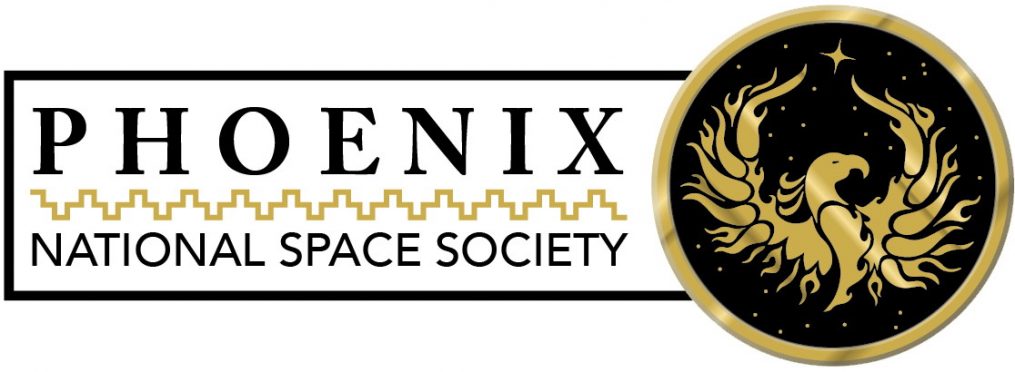|
Following the initial images from the rendezvous of the EPOXI mission with comet Hartley 2, NASA has now released additional images of the extraordinary activity of this comet. A movie of the snow storm can be viewed here. Below left, active vents spew icy particles into space. The diameters range from 3 to 30 centimeters (1 – 12 inches). Below right, closeup of the snow storm swirling around comet Hartley 2. These images are from the left side of the dumbbell shaped comet, as seen from the Deep Impact spacecraft. The right side is much more active, as shown in the press release from Brown University. |
|
|
|
|
The color image below shows the different sources for water vapor, dust, carbon dioxide and ice. The images are from data obtained by the High-Resolution Imager on 4 November 2010 on board Deep Impact. Water vapor issues from a source in the middle of the dumbbell, whereas carbon dioxide (and ice and dust) comes predominately from the small end of the comet (right). Dust is released from the active end and from the vents on the middle of the left end, while ice is spewed from various locations. |
|
|
|
The image below compares the activity of Hartley 2 with the comet Tempel 1, which was the previous target of the Deep Impact spacecraft. This encounter occurred on 4 July 2005, and images of the encounter with the comet and the impactor can be explored on the NASA website. Tempel 1 is 4.7 kilometers on its long axis compared to 2.2 kilometers for Hartley 2. Active jets are clearly visible on Hartley 2, where extensive image processing is required to see them on Tempel 1. |
|
|









